HOHOKAM SNAKETOWN POINTS

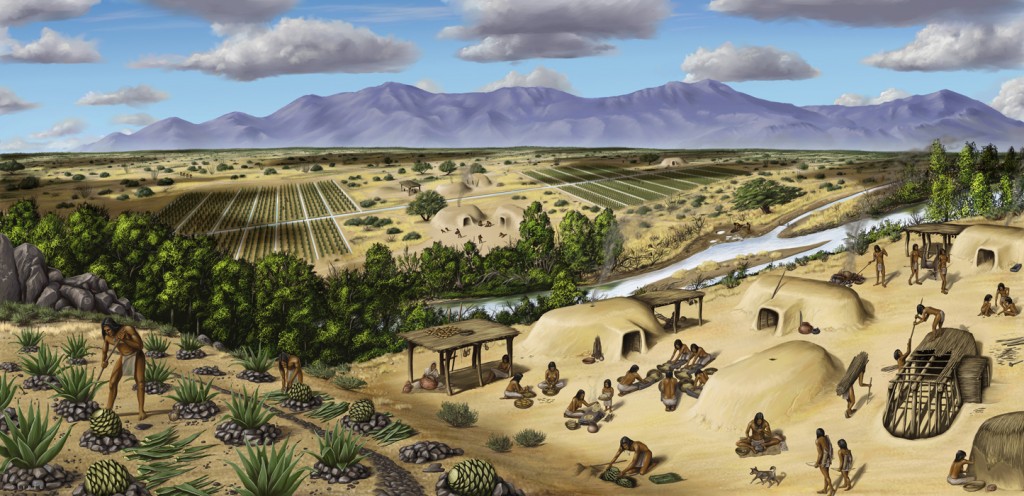
All archaeologists agree, the prehistoric Hohokam of the Phoenix Valley were an amazing people whom forced us to reexamine the way we view agriculture in the early Americas. Ancestral to O’odham people, the Hohokam were an early culture living in Southern Arizona from AD.1-1450. Indeed, one of the most widely debated topics in archaeology circulates around the Hohokam and migration patterns. Some in archaeology hypothesize Hohokam people stem from earlier mobile Archaic hunter-gatherer groups, while others claim Hohokam were a migratory people from Northern areas of Mexico. When examining each argument, both sides have valid points. However, I do tend to favor Emil Haury’s claim that Hohokam were likely a migratory people originally from Mexico and settled in present day Arizona. Furthermore, when examining material technologies we see a strong link to Mesoamerica. These technologies and exchanges include Maize agriculture, complex irrigation systems, ball courts, platform mounds, iron pyrite mirrors, red on buff ceramics, scarlet macaws, censors, carved shell bracelets, copper bells, effigy vessels, pottery motifs, architectural styles, and more. I do not believe these technologies completely derive from the sharing of ideas and influence from Mexico, rather they were originally practiced in Mexico and carried over as a long standing tradition and cultural practice.
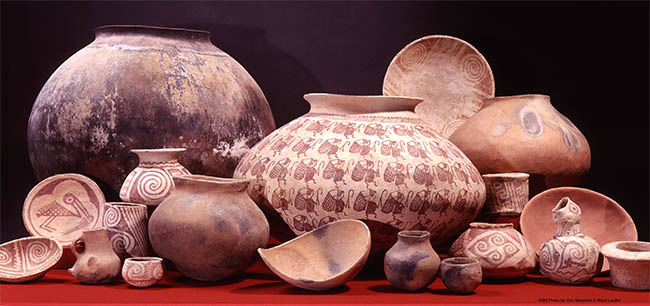
We also know Hohokam populations were very large. Although we have not yet discovered any rulers, we know they were well structured and highly organized. Hohokam people aggregated over 77,000 acres of land, and their territory was the size of South Carolina. Unlike other cultures in the Southwest, the Hohokam were a people whom stayed in one location for many generations, and land was handed down to descendants or lineage groups. In the preclassic period, from AD. 500 -1075 they were an open community whom incorporated the Mesoamerican ball game and marketplaces into their lives. They produced beautiful buff ware pottery in the middle Gila River Valley and distributed vessels into marketplaces located in the Phoenix basin when ball games occurred. However, around AD. 1150-1350 their lives shifted. They stopped playing the ball game, slowed down the equal distribution of buff ware ceramics, and built platform mounds with closed earthen spaces. These changes might indicate social tensions from a Salado presence in the Phoenix basin. Indeed, this hypothesis is still being tested and debated by scholars.
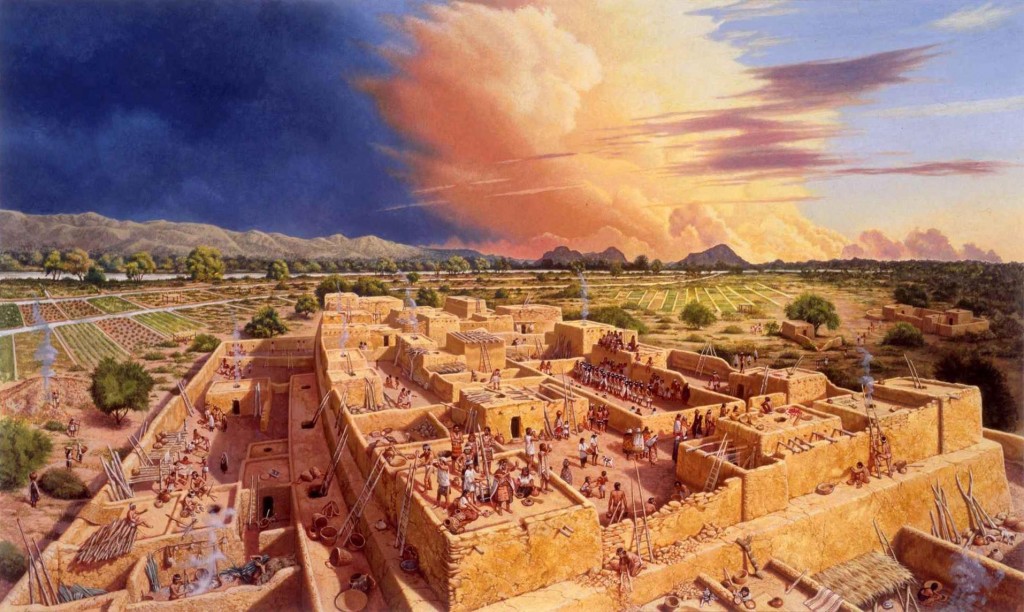
Shifting gears here, my primary research and studies in Hohokam archaeology focuses on the production and manufacturing of the Snaketown cremation projectile points. I have argued the Hohokam Snaketown cremation points are the most complex prehistoric points ever discovered in North America. Some of the most complex Snaketown points are long, narrow, thin, barbed and serrated–thus making them extremely difficult to manufacture. These cremation points are primarily associated with the preclassic period when we see buff ware pottery being produced in the Middle Gila River Valley and traded into the Phoenix Basin, open courtyard groups, people living in pit houses, ball games being played, and marketplaces in use. Since these points are associated with offerings and the cremation of the dead, it is hard to say whether the Hohokam specialists manufacturing these points heat treated the stone before production. We do know however, the tools used in the manufacturing process were comprised of stone, bone, and likely rodent teeth. These points were not only pleasing to Hohokam people, but other groups such as the Prescott culture were intrigued as well. At Fitzmaurice Pueblo, amateur archaeologist Franklin Barnett excavated a Skaketown inspired point. This point was shorter and a bit less elaborate compared to the cremation points excavated and recovered at Snaketown. Finally, it is worth mentioning how important these points are to southwestern archaeology. Each barbed and serrated point is unique to the southwest and carries a story of profound achievement, and a competitive spirit in human history. As Haury,1976 points out, “One gains the feeling that a kind of competitive exhibitionism among the chippers of stone contributed the the elaborateness.”
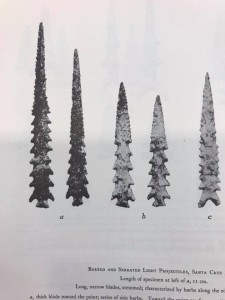
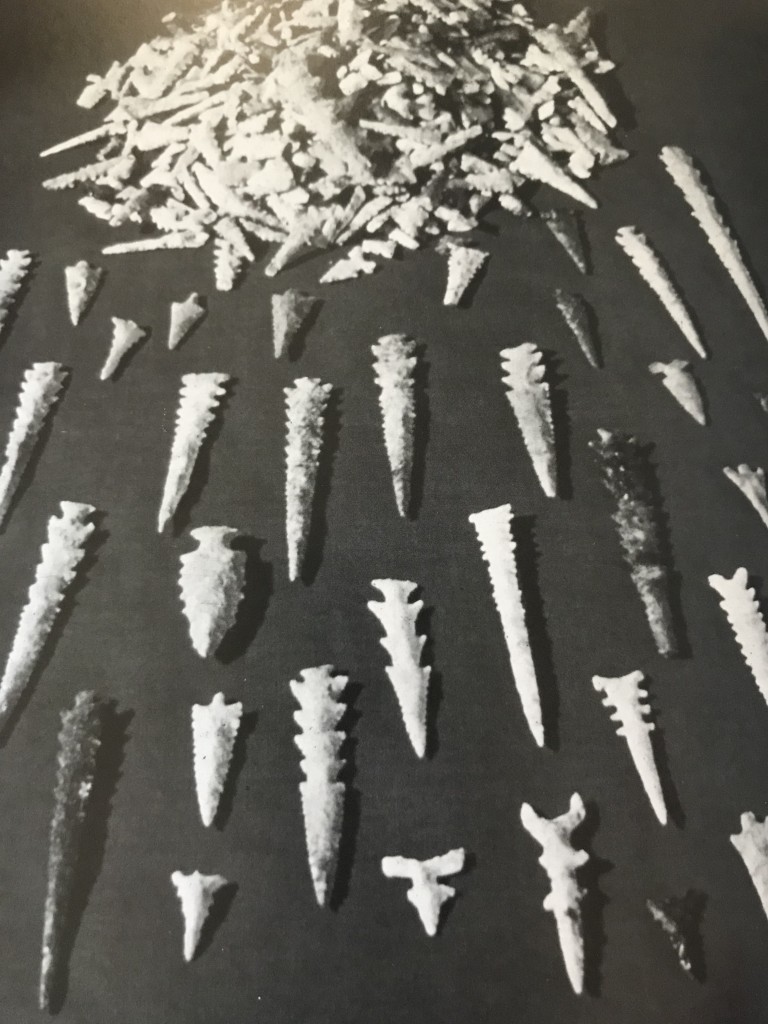
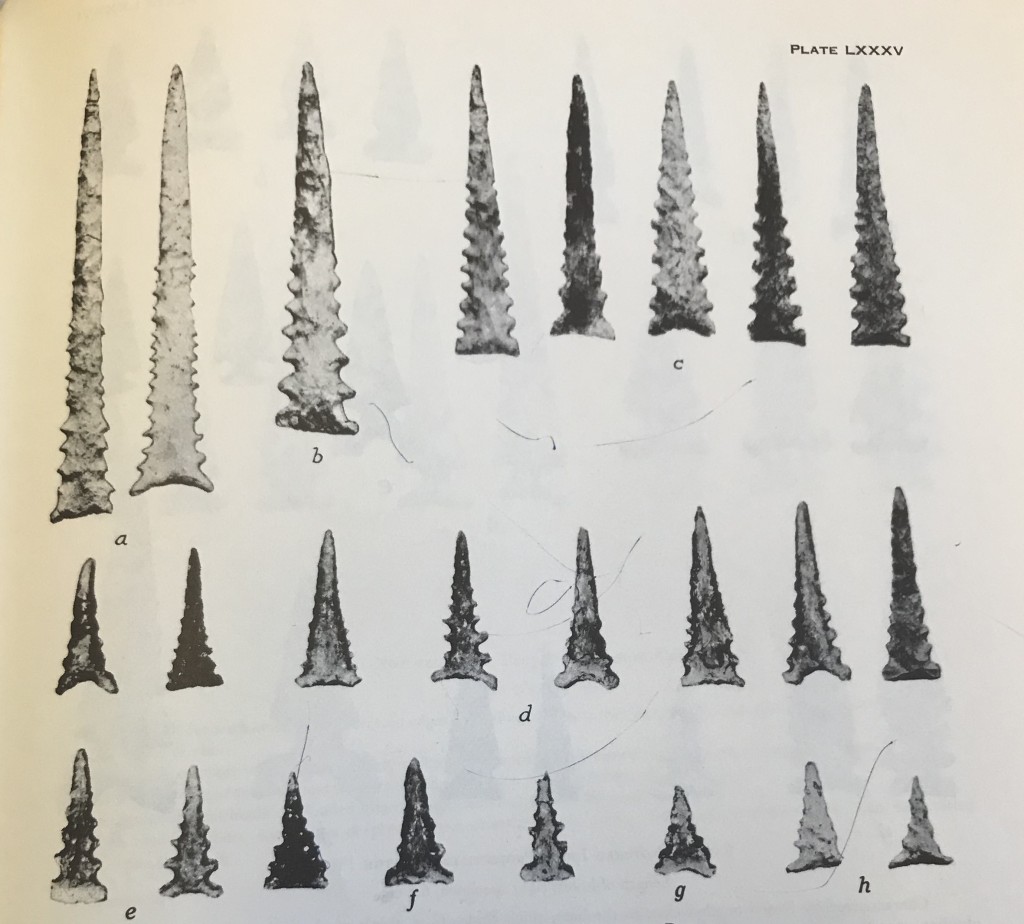

Before September of 2018, I knew of only two people who could truly remanufacture the Snaketown cremation points. Therefore, I wanted to reach-out to others in order to see if there are indeed additional individuals who can produce the highly complex Snaketown projectile points. I set out a challenge on Social media to thousands on group members asking them to try and remanufacture these points. Although a completely authentic Snaketown point would have been material specific, I know this is highly unrealistic. Therefore, I accepted any knappable material. The feedback I received was outstanding. Below are photos of the points made by individuals who can truly reproduce these cremation points. I also included links where you can find and contact each individual.
_______________________________________________________
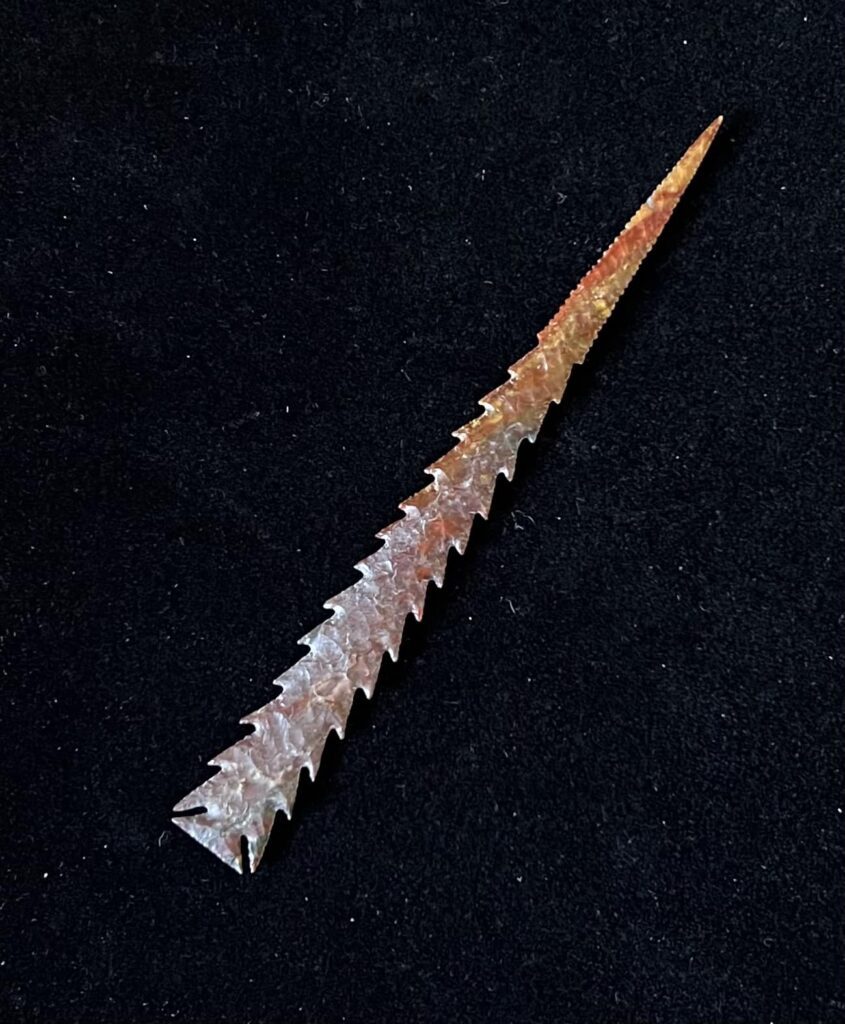
Ryan Clifford Makes one wicked point! When talking to him, each point takes 4-1/2 hours to craft.
—————————————————————————————————-
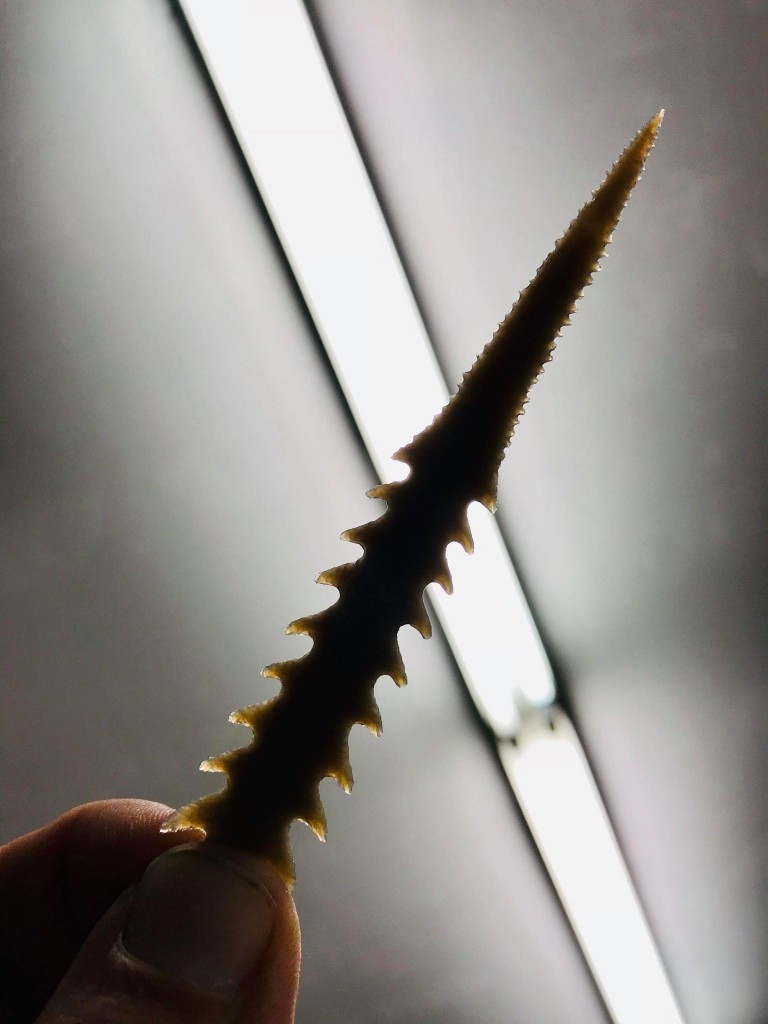
As you can see, Jake’s work speaks for itself.
Find Jake here: https://www.facebook.com/jake.webster.967
———————————————————————————————————-
Patrick Blank’s Snaketown point!
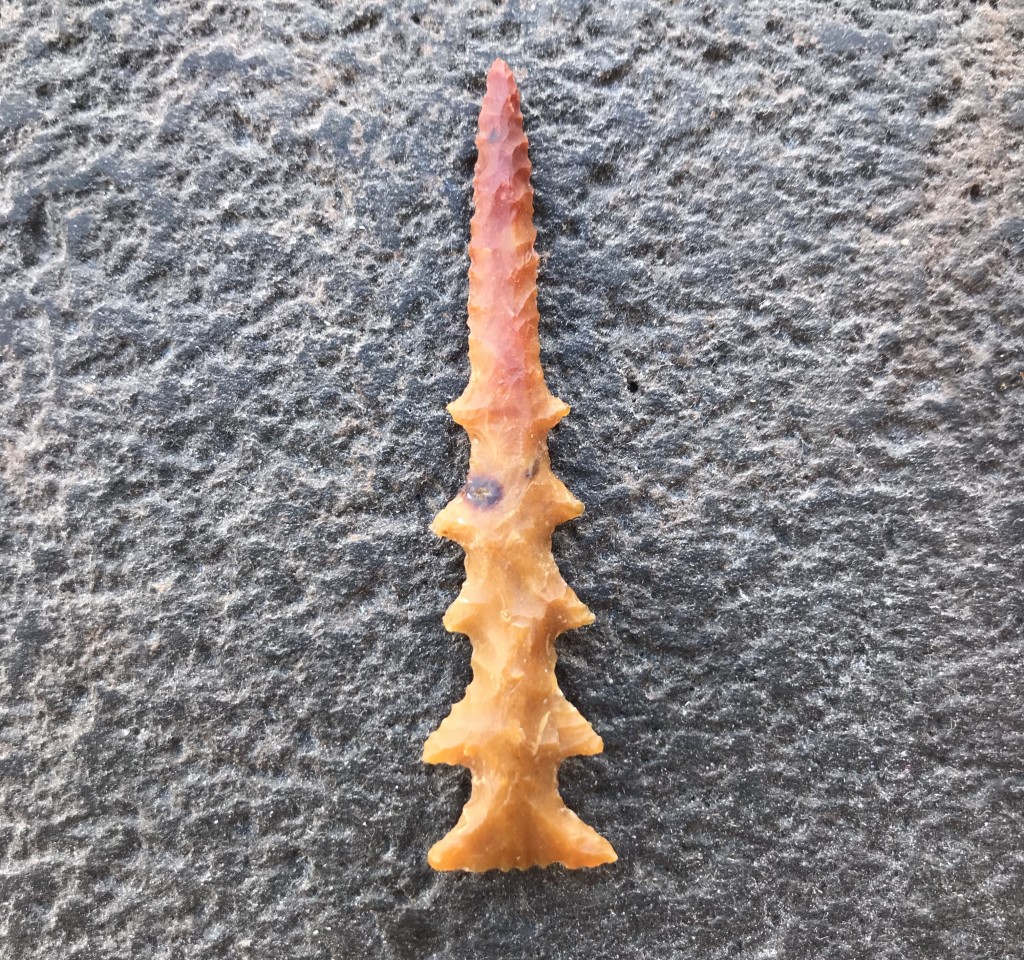
Notice Patrick serrates the barbs. This is quite common in some of the original examples.
Find Patrick here: https://www.youtube.com/user/AllergicHobbit
——————————————————————————————————-
Caleb George’s Snaketown point!
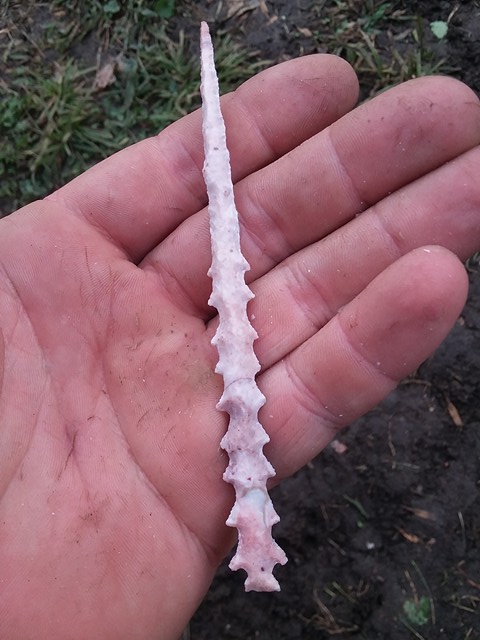
Caleb used chert. This is one of the materials we find archaeologically.
Find Caleb here: https://www.facebook.com/caleb.george21
—————————————————————————————————
Allen Denoyer’s Snaketown points!
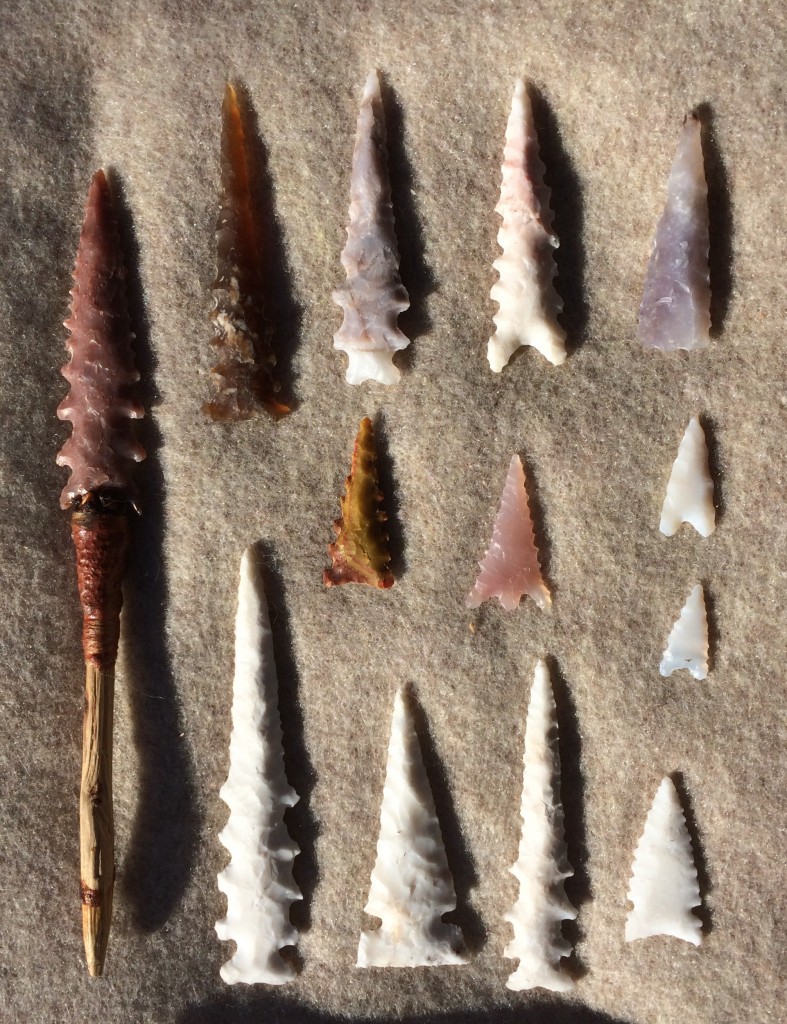
Allen of Archaeology Southwest is one of the leading archaeologists in Hohokam experimental archaeology.
Find Allen here: https://www.archaeologysouthwest.org/team/allen-denoyer/
—————————————————————————————————-
Finally, here is my Snaketown point.
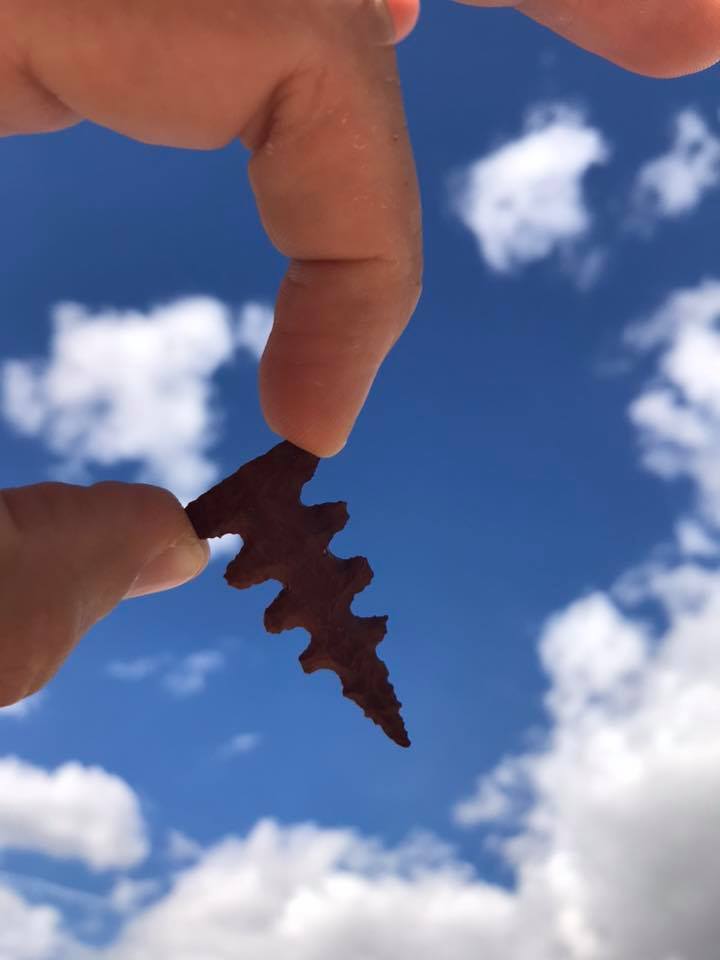
You can see my point is not as thin and narrow. However, we do find points like this archaeologically.
——————————————————————————————————
Concluding thoughts
Without doubt, the Hohokam people were some of the most skilled crafts people in prehistory. When examining their technology and lifeways, it is hard not to gain a sense of admiration. Their crafts, massive irrigation systems, exchanges, and practices were not simply used as a form of art, rather they were used in a larger regional economy. Thanks to modern scientific archaeological discovery, we are able to trace their regional economy and offer a voice to a large portion of people who we lose track of around AD.1450. It is important however to point out not all Hohokam people disappear from the archaeological record. Some of their decedents are still here and offer us information into their early ancestors through oral history and the continuation of traditions. Finally, I want to thank every artist who participated in this challenge. In doing so, you have helped us understand how complex the Hohokam people were through the practice of experimental archaeology.
Author,
Jeff Martin
Primitive Lifeways
